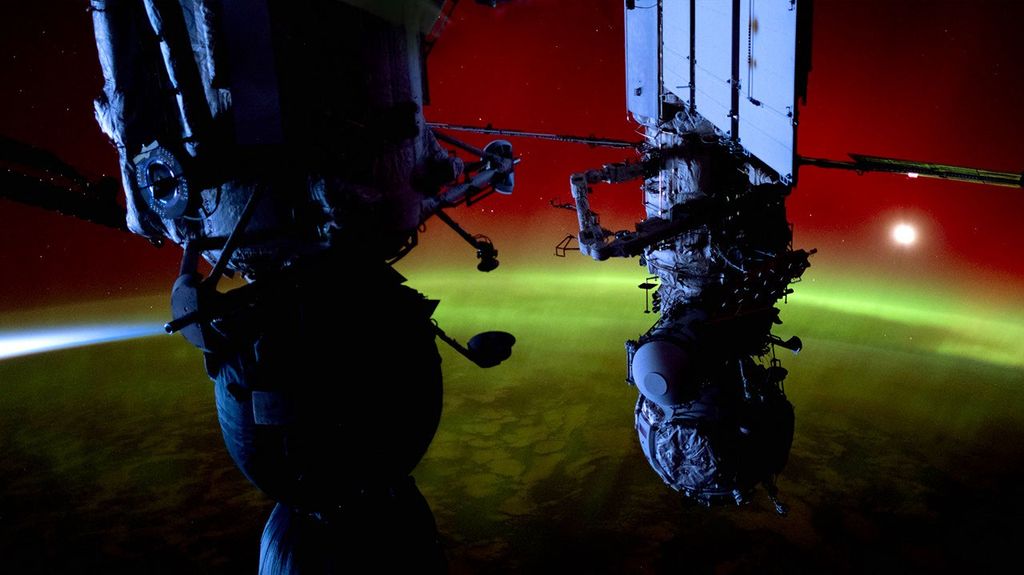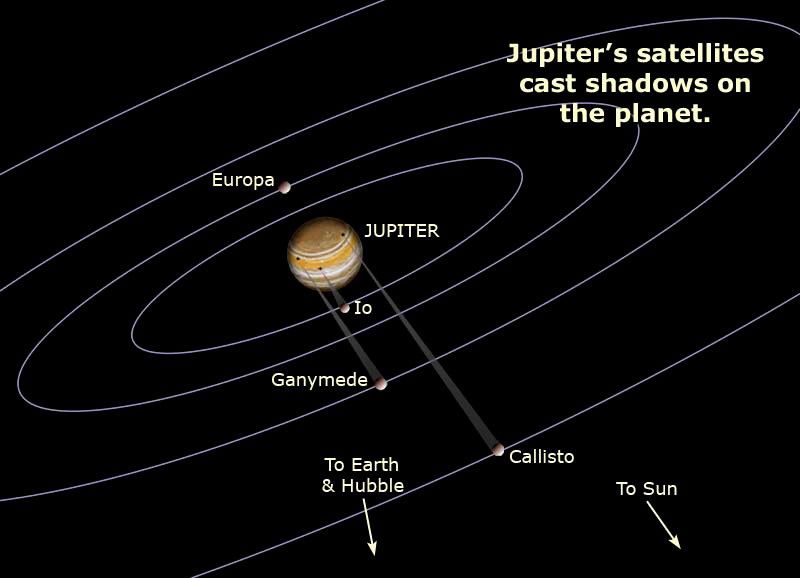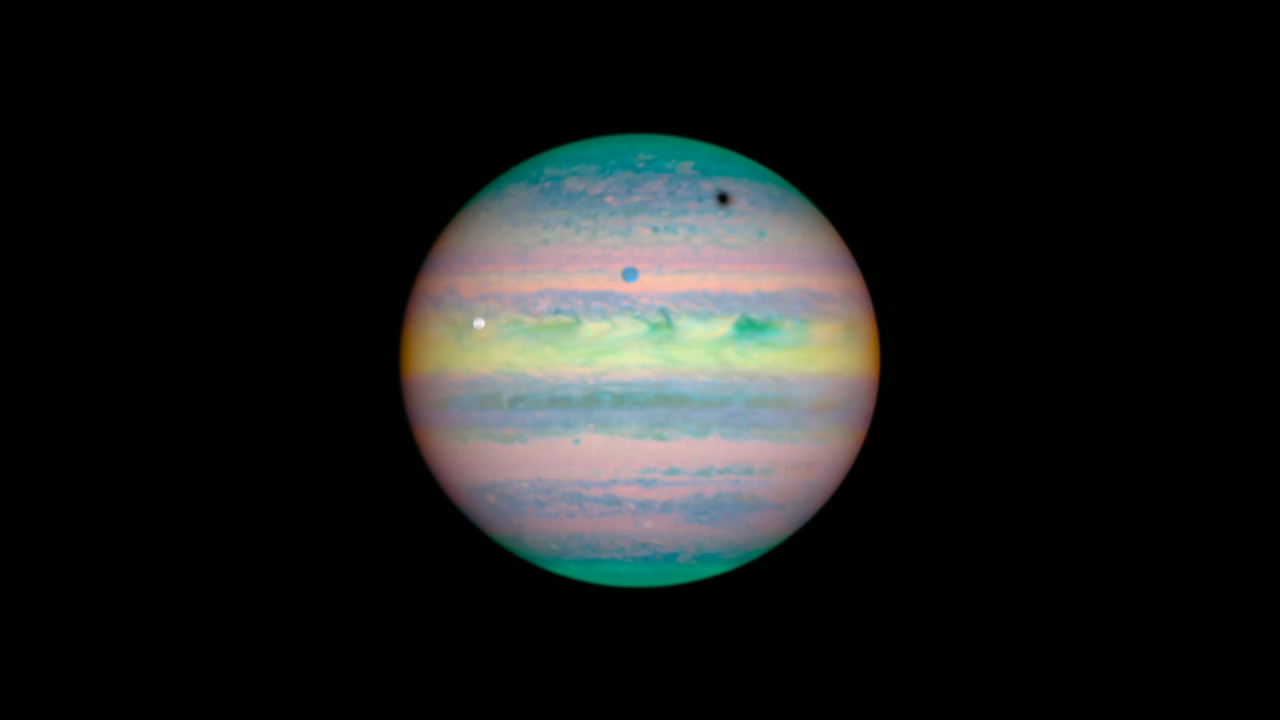1 min read
Annotated HST/NICMOS Image
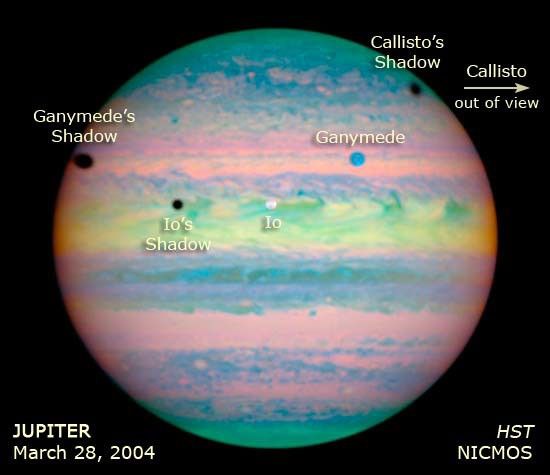
About the Object
- DistanceDistanceThe physical distance from Earth to the astronomical object. Distances within our solar system are usually measured in Astronomical Units (AU). Distances between stars are usually measured in light-years. Interstellar distances can also be measured in parsecs.The semi-major axis of Jupiter's orbit about the Sun is 5.2 Astronomical Units (778 million km or 483 million miles).
- DimensionsDimensionsThe physical size of the object or the apparent angle it subtends on the sky.The planet has a diameter of roughly 88,789 miles (142,984 km) at the equator.
About the Data
- Data DescriptionData DescriptionProposal: A description of the observations, their scientific justification, and the links to the data available in the science archive.
Science Team: The astronomers who planned the observations and analyzed the data. "PI" refers to the Principal Investigator.The Hubble image was created from HST data from proposal 9355: E. Karkoschka (University of Arizona). - InstrumentInstrumentThe science instrument used to produce the data.HST>NICMOS
- Exposure DatesExposure DatesThe date(s) that the telescope made its observations and the total exposure time.March 28, 2004
- FiltersFiltersThe camera filters that were used in the science observations.1080nm, 1660nm, 1900nm
- Object NameObject NameA name or catalog number that astronomers use to identify an astronomical object.Jupiter
- Object DescriptionObject DescriptionThe type of astronomical object.Planet
- Release DateNovember 4, 2004
- Science ReleaseHubble Spots Rare Triple Eclipse on Jupiter
- Credit

Related Images & Videos

Three Moons Cast Shadows on Jupiter
At first glance, Jupiter looks like it has a mild case of the measles. Five spots - one colored white, one blue, and three black - are scattered across the upper half of the planet. Closer inspection by NASA's Hubble Space Telescope reveals that these spots are actually a rare...
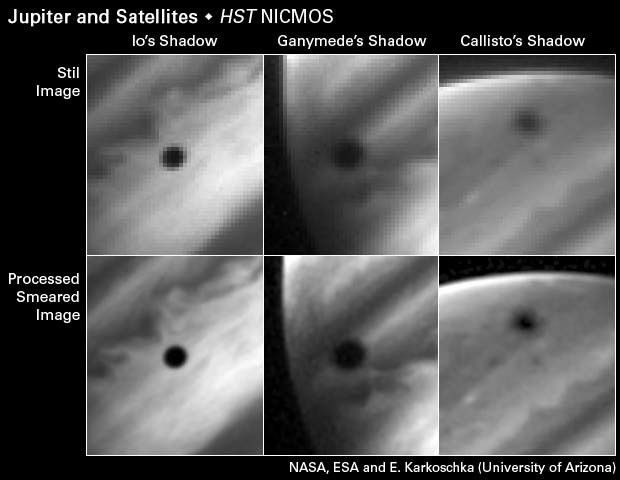
Jupiter Image Processing Technique
These six images demonstrate a new imaging technique, which allowed astronomers to make a sharper image of the triple eclipse on Jupiter. The Hubble Space Telescope took rapid-fire snapshots of Jupiter as it swung through the observatory's field of view. The top row of images...
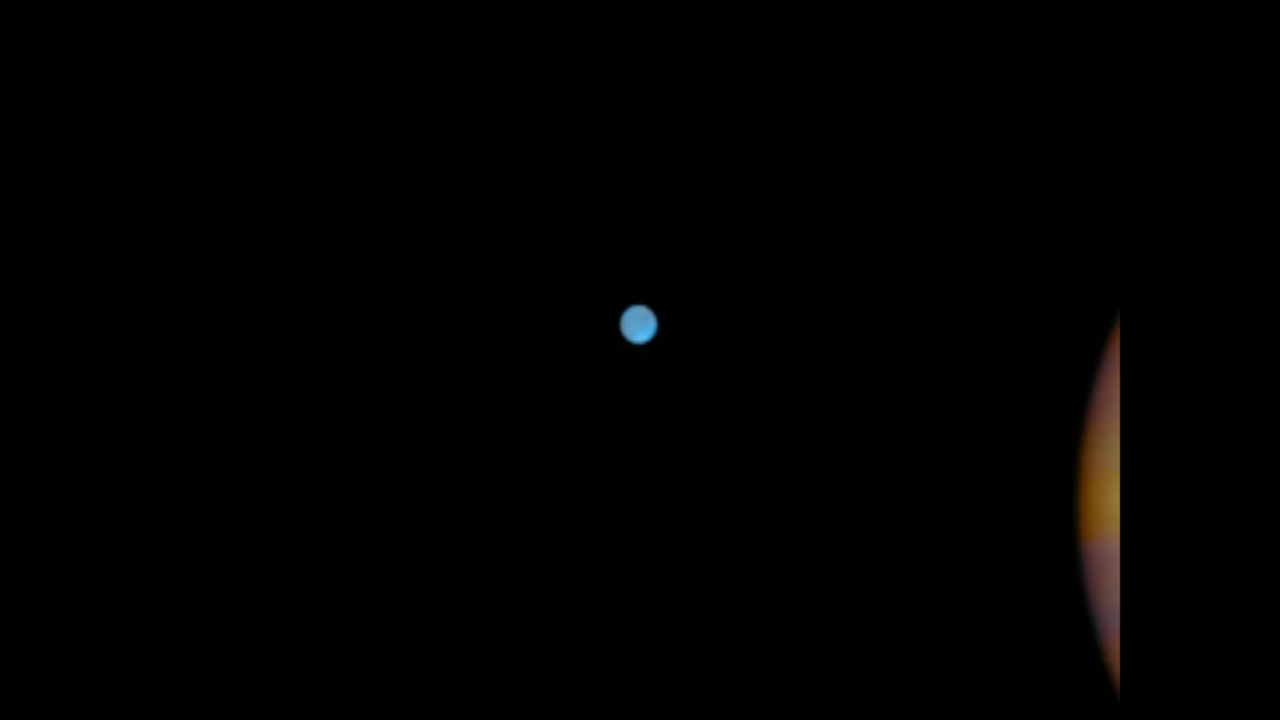
Closeup of Satellites and Shadows Moving Across Jupiter
This animation was created based on the images taken during the event. While Hubble took 20 images during the event, the hundreds of images needed for the animation were created from the original images using the measured rotation of Jupiter and the motions of the satellites and...
Share
Details
Claire Andreoli
NASA’s Goddard Space Flight Center
Greenbelt, Maryland
claire.andreoli@nasa.gov
















